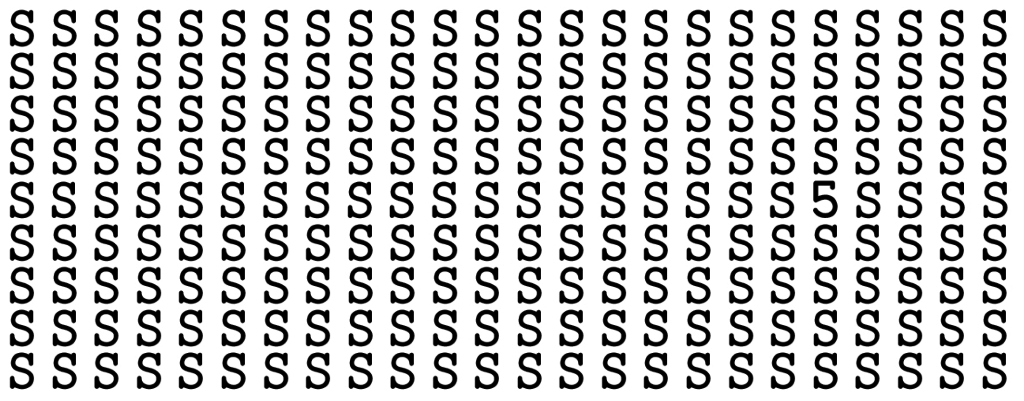Ethics and Emotion in Controlled Experiments
Users interest are relentlessly changing all the time and their attention span are as short as they have ever been. Given this companies are constantly thinking of new ways to maintain engagement with their users. Sometimes that comes in the form of change with their product and how the user interacts with them. It’s understood …


